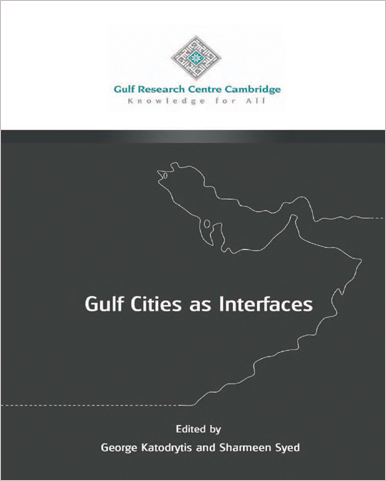Gulf Cities as Interfaces
Publisher: Gulf Research Center Cambridge
Published year: 2016
GRM year: 5
The Cooperation Council for the Arab States of the Gulf, also known as the Gulf Cooperation Council (GCC), represents one of the most urbanized regions in the world, with an estimated 70 percent of the population residing in cities. The GCC states have adopted strategies to balance growth and shift dependence on oil. Architecture and urbanism are seen as dynamic facilitators and flexible commodities in the network of transnational urbanisms and global capitalist forces. Cities in this region are shaped by various forces: historical, geopolitical, demographic, and topographical contexts as well as by large influxes of investments and workforce. These cities now shape 21st century urban concepts. This volume is an exploration of specific Gulf cities as interfaces. Twenty first century cities continue to act as interfaces not only as physical spaces but also as evolving machinery and tools of capital. From food urbanism and edible landscape to modernist ideals, grandiose visions, and new orientalisms, the papers in this volume address and investigate the city in four variances: Urbanism and Identity as Interface; Landscape and Geography as Interface; Social Condition and History as Interface; and Culture and Politics as Interface.
